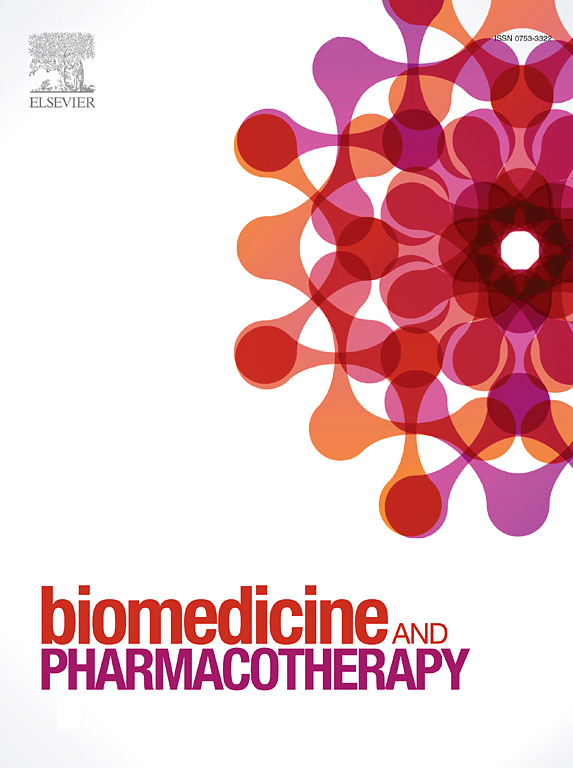ZenoSWATH DIA proteomics and clustering analysis of the effect of cysteamine at the cellular level in cystinotic fibroblasts
IF 6.9
2区 医学
Q1 MEDICINE, RESEARCH & EXPERIMENTAL
引用次数: 0
Abstract
Cysteamine, an aminothiol, is the only available treatment for cystinosis, an incurable metabolic recessive disease characterized by detrimental symptoms at the renal, ocular, and muscular levels. Cystinosis is due to mutations in the CTNS gene encoding for the lysosomal symporter cystinosine. Cysteamine treatment only delays the symptoms, presents undesirable side effects and the patients depend on it for life. Thus, it is of paramount importance to find new complementary therapeutic targets for the disease, as well as to understand, at the molecular level, both the beneficial and detrimental effects of cysteamine. Here, we have used ZenoSWATH DIA proteomics and clustering analysis to unravel the differences between cystinotic and non-cystinotic skin fibroblasts, and to study the effect of increasing concentrations of cysteamine. Cystinotic cells present significant differences in proteins related to extracellular matrix structure and detoxification. Only a subset of those proteins is reversed by cysteamine in a dose-dependent manner, partially providing an explanation for its therapeutic benefits. Finally, cysteamine per se alters the levels of a group of lysosomal proteins that are not modulated in basal conditions. Our results will be helpful to understand the benefits, deficiencies, and detrimental effects of the cysteamine treatment.
ZenoSWATH DIA 蛋白组学和聚类分析半胱胺对胱氨酸化成纤维细胞细胞水平的影响。
胱氨酸病是一种无法治愈的代谢性隐性疾病,其特征是在肾脏、眼部和肌肉层面出现有害症状。胱氨酸中毒症是由于编码溶酶体交感蛋白胱氨酸的 CTNS 基因发生突变所致。半胱胺治疗只能延缓症状的出现,并会产生不良的副作用,而且患者会终生依赖半胱胺。因此,寻找新的辅助治疗靶点,并在分子水平上了解半胱胺的有益和有害作用至关重要。在这里,我们利用 ZenoSWATH DIA 蛋白组学和聚类分析揭示了胱氨酸病性和非胱氨酸病性皮肤成纤维细胞之间的差异,并研究了增加半胱胺浓度的影响。胱氨酸细胞在与细胞外基质结构和解毒有关的蛋白质方面存在显著差异。半胱胺以剂量依赖的方式逆转了这些蛋白质中的一部分,从而部分解释了半胱胺的治疗效果。最后,半胱胺本身会改变一组溶酶体蛋白的水平,而这些蛋白在基础条件下不会受到调节。我们的研究结果将有助于了解半胱胺治疗的益处、不足和不利影响。
本文章由计算机程序翻译,如有差异,请以英文原文为准。
求助全文
约1分钟内获得全文
求助全文
来源期刊
CiteScore
11.90
自引率
2.70%
发文量
1621
审稿时长
48 days
期刊介绍:
Biomedicine & Pharmacotherapy stands as a multidisciplinary journal, presenting a spectrum of original research reports, reviews, and communications in the realms of clinical and basic medicine, as well as pharmacology. The journal spans various fields, including Cancer, Nutriceutics, Neurodegenerative, Cardiac, and Infectious Diseases.

 求助内容:
求助内容: 应助结果提醒方式:
应助结果提醒方式:


